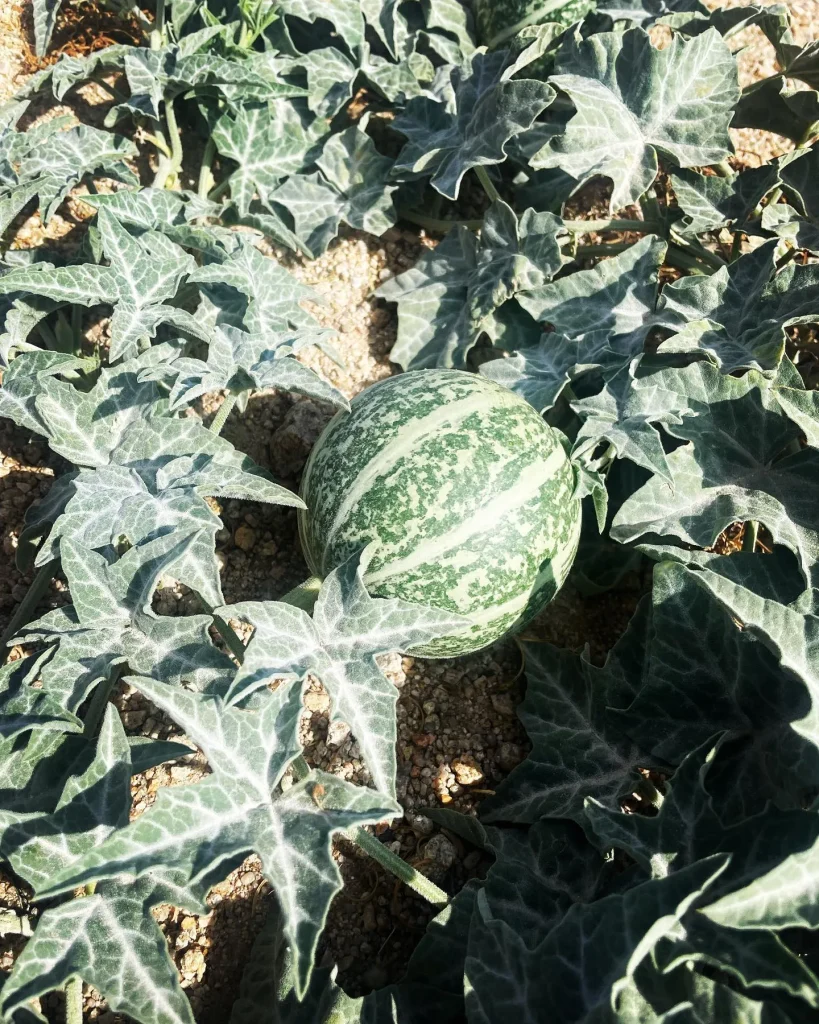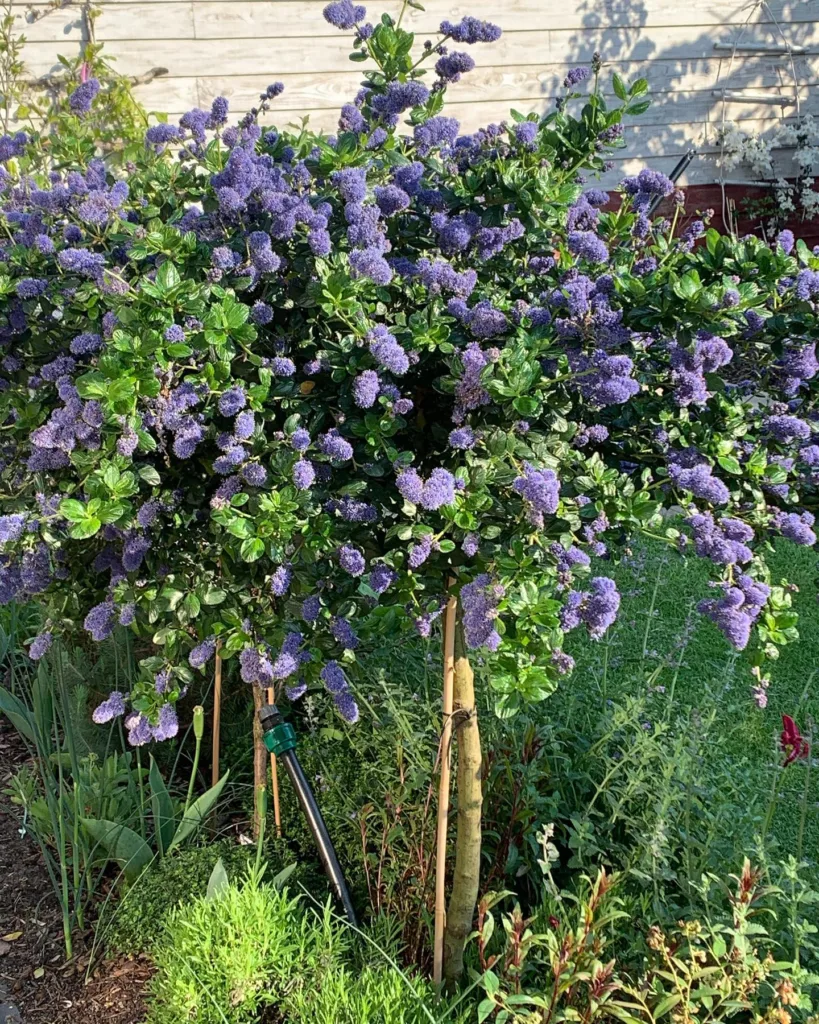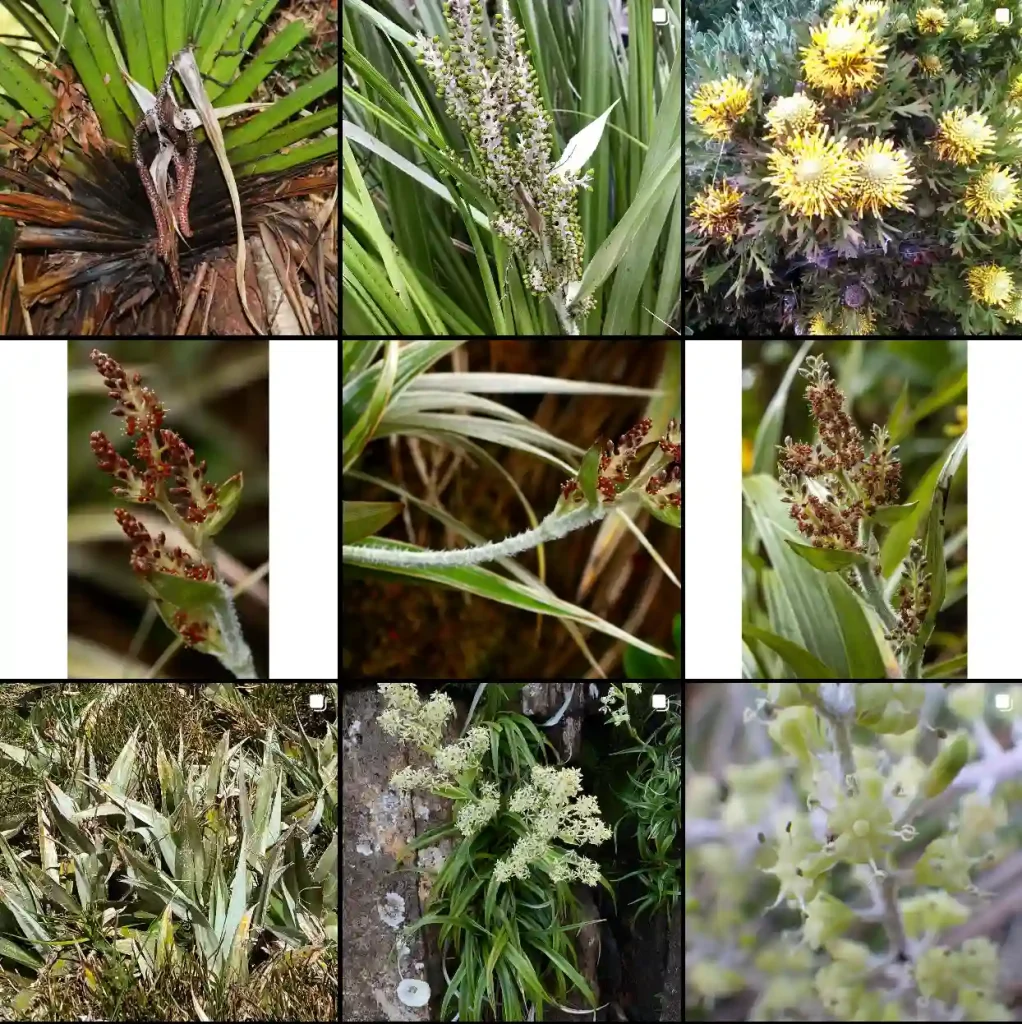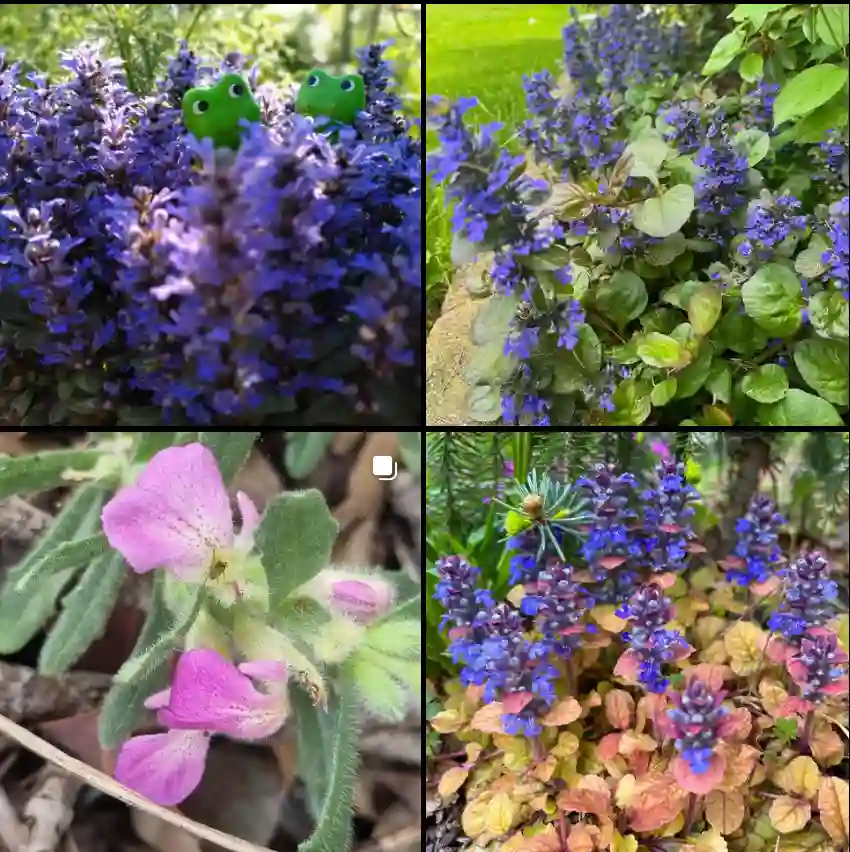FAQs About Campanula Americana
As someone who enjoys cultivating a variety of plants, I find Campanula Americana to be a charming and unique addition to my garden. It’s a plant that can be both ornamental and low-maintenance, which makes it a great choice for both experienced and beginner gardeners. I’ll answer some of the most frequently asked questions about this wonderful plant, based on my experience with growing and caring for it.
459 Species in Genus Campanula – Bellflowers
What is Campanula Americana?
Campanula Americana, also known as the American Bellflower, is a herbaceous biennial native to North America. Its tall, slender stems and blue to violet star-shaped flowers can reach heights of up to 6 feet, making it an eye-catching plant for garden landscapes. Unlike many other Campanula species, which are typically perennial and more bell-shaped, this variety has a unique upright growth and flat flower heads that give it a distinct look.
How to Care for Campanula Americana?
Campanula Americana is relatively easy to care for once established. Here’s a rundown of the basic care requirements:
- Sunlight: While it can tolerate partial shade, I’ve found it thrives best in full sun. The more sun it gets, the more flowers it will produce.
- Watering: I recommend keeping the soil consistently moist, especially during dry periods. This plant doesn’t like to dry out, so regular watering is essential, especially during its first growing season.
- Soil: It prefers well-drained, slightly acidic to neutral soil. If your garden has clay soil, amending it with compost or other organic matter will help improve drainage.
- Fertilizer: I usually give it a light application of balanced fertilizer in the spring. Over-fertilizing can lead to excessive foliage growth at the expense of flowers.
How to Propagate Campanula Americana?
The easiest way to propagate Campanula Americana is by seed. Since it’s a biennial, it spends its first year growing foliage and its second year flowering and setting seed. Here’s how I propagate mine:
- Seed Collection: After flowering in late summer or early fall, the plant produces seed heads. I wait until the seed pods have dried on the plant, then collect them.
- Sowing: You can sow the seeds directly in the garden in late fall or early spring. I’ve had the most success with direct sowing in fall, as the cold stratification over winter helps with germination.
- Spacing: When sowing, I space seeds or seedlings about 12 to 18 inches apart. These plants can get tall, so giving them enough room prevents overcrowding.
What to Plant With Campanula Americana?
I love pairing Campanula Americana with other native wildflowers. Since it grows tall, it makes a good backdrop plant for shorter species. Some of my favorite companions include:
- Black-Eyed Susan (Rudbeckia hirta): Its bold yellow flowers contrast beautifully with the blue of Campanula Americana.
- Echinacea (Purple Coneflower): Another native that thrives in similar conditions, providing a long-lasting bloom period alongside the bellflower.
- Prairie grasses: Like little bluestem or switchgrass, these add texture and movement to the garden and complement the vertical growth of the Campanula.
Is Campanula Americana Toxic?
One of the great things about Campanula Americana is that it’s non-toxic to both humans and animals. I often find it in wildflower mixes meant for pollinator gardens, and it’s safe to plant in areas where pets or children may be playing. That peace of mind makes it a go-to for gardeners who want a wildlife-friendly yet safe garden environment.
What Are the Benefits of Growing Campanula Americana?
Aside from its beauty, this plant offers several ecological benefits:
- Pollinator Magnet: The flowers attract a variety of pollinators, including bees, butterflies, and even hummingbirds. In my garden, it’s always buzzing with activity during the blooming season.
- Low Maintenance: Once established, it’s fairly drought-tolerant and requires minimal care beyond occasional watering and deadheading. Its ability to self-seed means it often returns year after year without needing to replant.
- Wildlife Value: The seeds are eaten by birds, making it a great addition to a bird-friendly garden.
What Are Common Problems with Campanula Americana?
While generally hardy, there are a few issues to watch for:
- Powdery Mildew: This is one of the most common problems I’ve encountered, especially in humid conditions. To prevent it, I make sure the plants have plenty of air circulation and avoid overhead watering.
- Slugs and Snails: They love the tender young leaves, so I keep an eye out for these pests in the spring. Hand-picking them off at night or using slug traps works well.
- Lodging: Since Campanula Americana can grow quite tall, it may flop over in windy conditions. I often stake the plants or plant them near sturdier companions that can provide some support.
How Does Campanula Americana Compare to Other Similar Plants?
Campanula Americana can sometimes be confused with other species of Campanula or with tall blue wildflowers like Lobelia siphilitica (Great Blue Lobelia). Here’s how they differ:
- Campanula Americana vs. Lobelia siphilitica: Both are tall and have blue flowers, but Lobelia siphilitica has a more tubular flower shape and blooms later in the season. In my experience, Lobelia also prefers wetter soils, while Campanula Americana is more drought-tolerant once established.
- Campanula Americana vs. Campanula Persicifolia: While both belong to the Campanula family, Campanula Persicifolia is perennial and has more bell-shaped flowers. It’s also shorter, usually maxing out around 2 to 3 feet, whereas Campanula Americana can reach 6 feet or more.
Conclusion
Campanula Americana is a beautiful, versatile plant that fits well in a variety of garden settings. Whether you’re planting it for its pollinator value, its height, or its low-maintenance nature, it’s a rewarding plant to grow. With the right care, this native bellflower can thrive and bring a burst of color and life to your garden year after year.
If i die, water my plants!



